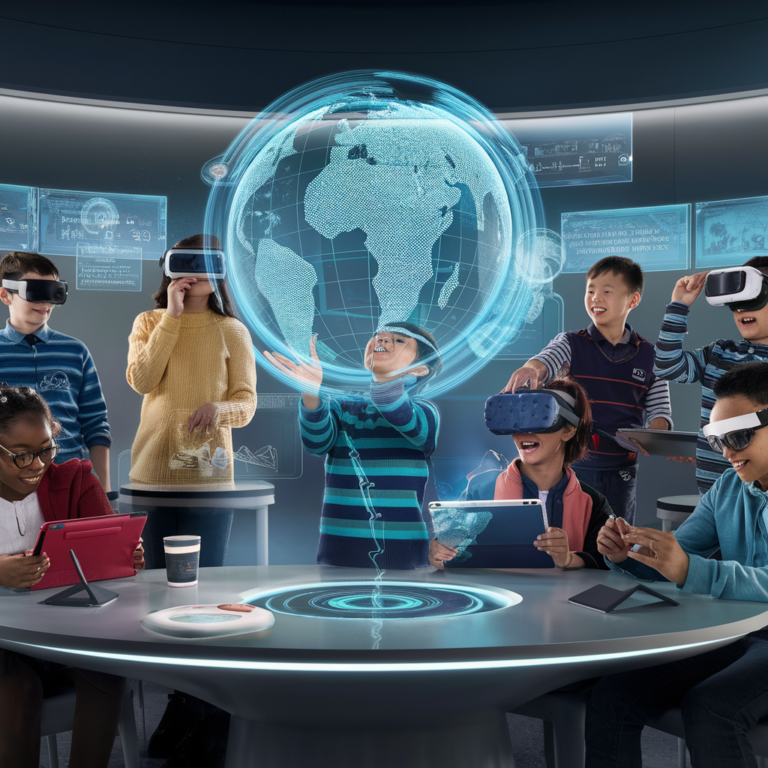The face of education is undergoing a dramatic change, driven by rapid breakthroughs in technology. From basic schools to colleges, digital tools and novel methods are changing how students learn and how trainers teach. Let’s review some key ways technology is changing modern education.
Technology on Modern Education:
- Enhanced Accessibility
Online learning tools and digital materials have made education more available than ever. Students in rural places or with physical limits can now receive great education from anywhere with an internet link. Massive Open Online Courses (MOOCs) offered by top colleges have democratized higher education, allowing learners abroad to connect with expert teachers. - Personalized Learning Experiences
Adaptive learning technologies use artificial intelligence to tailor educational material to individual students’ needs and learning styles. These systems can spot areas where a student fails and provide tailored tasks and explanations, ensuring a more efficient and effective learning process. - Interactive and Immersive Content
Virtual and augmented reality technologies are bringing things to life in new ways. History students can virtually explore old societies, while medical students can practice difficult processes in risk-free virtual settings. These interactive experiences improve interest and recall of knowledge. - Collaboration and Communication Tools
Digital platforms enable smooth communication among students and between students and teachers. Cloud-based document sharing, video chatting, and project management tools ready students for the joint nature of modern workplaces. - Data-Driven Insights
Learning analytics provide educators with useful insights into student achievement and involvement. This data allows for more educated decision-making in program creation and teaching methods, helping to improve educational results. - Gamification of Learning
Educational games and gamified learning experiences tap into students’ natural desire for competition and success. This method can make traditionally boring subjects more interesting and help strengthen key ideas through repeat and award systems. - Preparation for a Digital Future
By bringing technology into education, schools are providing students with the digital literacy skills important for success in an increasingly tech-driven job market.
Challenges and Considerations
While the benefits of technology in education are numerous, there are also difficulties to address:
- Ensuring fair access to technology and internet connectivity – Protecting student privacy and data security
- Balancing screen time with standard learning ways
- Providing proper training for educators to effectively utilize new technologies
The Future of Education
As technology continues to change, we can expect to see even more new methods to learning. Artificial intelligence may take on more significant parts in personalized teaching, while blockchain technology could revolutionize certificate proof and skill testing.
The inclusion of technology in education is not about removing traditional teaching methods but improving them. By adopting these digital tools carefully, educators can create more interesting, effective, and inclusive learning settings that prepare students for the challenges of the 21st century.
Would you like me to expand on any specific part of technology’s effect on education?

